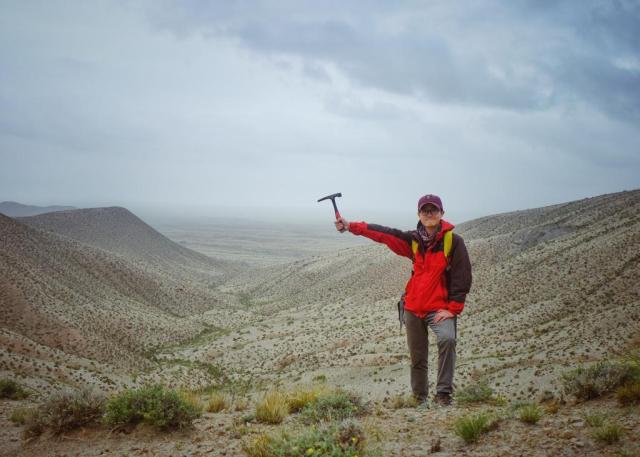教育经历
· 2017.12 - 2018.12
加州大学,戴维斯分校 - 活动构造
· 2015.9 - 2019.6
中国地震局地质研究所 - 构造地质学 - 博士
· 2009.9 - 2012.7
中国石油大学(北京) - 构造地质学 - 硕士
· 2005.9 - 2009.7
中国地质大学(北京) - 资源勘查工程 - 学士
工作经历
· 2021.1- 至今
地球系统科学学院 → 天津大学
· 2019.7 - 2021.1
中国地震局地质研究所
研究方向
· 遥感地震、活动构造、构造地貌学
社会兼职
·
《华南地震》青年编委
·
天津地震学会地震地质专业委员会秘书
个人简介
主要从事活动构造、遥感地震和构造地貌学研究。充分利用高分辨率地形数据(LiDAR、sUAV)、航空遥感影像,和高精度年代学测年方法(14C、CRNs、OSL),结合丰富详实的野外观测,针对我国青藏高原地区、土耳其以及印度尼西亚等国多条大型活动断裂开展了同震变形特征、断裂不同时空尺度活动性等方面的研究,以探讨关键构造带的第四纪活动性及其中长期地震危险性、构造-侵蚀-气候共同塑造地形地貌的过程。主持国家自然科学基金青年基金项目、重点研发计划项目专题、天津市自然科学基金面上项目、中央级公益性科研院所基本科研业务专项等,主要参与国家自然科学基金重点项目、面上项目、国际(地区)合作与交流项目等。
学术主页:
ResearchGate: https://www.researchgate.net/profile/Wenqian-Yao?ev=hdr_xprf
Google Scholar: https://scholar.google.com/citations?user=pSpZLVMAAAAJ&hl=zh-CN
学术成果
奖励与荣誉
1. 博士研究生国家奖学金




